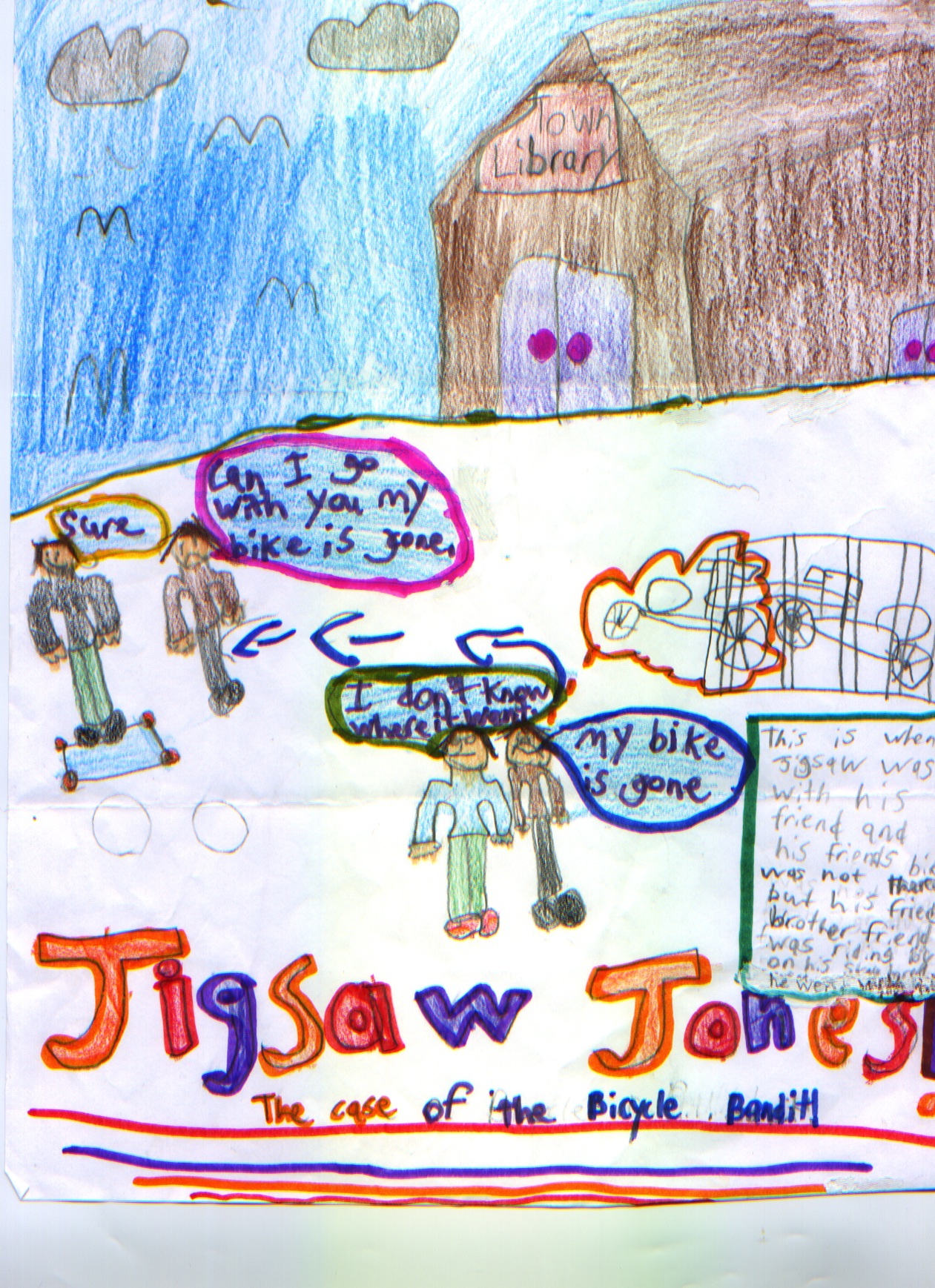When I started this blog, one of my guiding concepts was to pull back the curtain . . .

. . . .to show some of the inner workings of the writing process. It’s not all gazing into the luminous sky, folks; more often, you’re digging in the muck, shifting dirt around.
On Monday, I got a quick note from Holly, an editor who was working on Book #1, Home Sweet Horror, in my new SCARY TALES series (July, 2013). I think this offers a glimpse into the issues that demand a writer’s attention — even after the manuscript has been read, copy-edited, approved, and “final” (a word that must always appear in quotes, alas, until the book is printed).
That is, the illustrations finally arrive from the artist and there might be minor problems, tweaks, oddities, etc. So, thus . . .
Holly wrote:
Hey,
We have been going over the second pass of Home Sweet Horror (which looks amazing!) and:
On pg. 28, the lead in to chapter 4, the artist has drawn a great picture featuring a creepy old-fashioned rotary phone (see attached for the rough image). It’s really got the right tone and will look fabulous in the book, but we are afraid that it might throw readers off a little bit. Would it be possible for you to add a quick description of the creepy old phone to the chapter so that we can keep the image?

Holly’s right: cool illustration. I reviewed the text, which read:
An hour later, Kelly came down and planted herself on the living room couch. Her nose was in a book, a tender love story about killer zombies.
“Do you think there’s anything creepy about this house?” Liam asked.
Kelly rolled her eyes. “Creepy? Yeah, you.”
“Can a house be . . . alive?” Liam ventured. “Like with, I don’t know, a spirit or something?”
“Oh, please, just shoot me now,” Kelly groaned. She turned her attention back to the book.
The phone rang.
And rang.
“Get it,” Kelly snapped.
“I’m not your slave. You answer it,” Liam replied.
No one moved.
After the fifth ring, the machine picked up.
Fourteen minutes later, I wrote back to Holly with my suggestions (amended text in red):
Does this work for you? If length is issue, could cut out “Dad says” and “Kelly laughed” lines. I’m open about this kind of thing, whatever you need. Cuts, additions, etc.
JP
“Do you think there’s anything creepy about this house?” Liam asked.
Kelly rolled her eyes. “Creepy? Yeah, you.”
Liam frowned. “You know what I mean.”
Kelly set down the book. “There’s lots of things that are creepy about this house, Liam. Everything is so old and musty and gross. Even the phone is like a million years old. A rotary phone? Really? What’s up with that?”
“Dad says it’s a fixer-upper,” Liam countered.
Kelly laughed scornfully. “Ha!”
“Can a house be . . .
NOTE: Now, of course, there’s the small issue of “the machine” picking up. When I wrote the book, I imagined a contemporary household, not rotary phones. So maybe that’s a new level of concerns. Or maybe, more than likely, we’ll decide that it’s perfectly fine and no biggie and we’re tired and let’s move forward. After doing 40 Jigsaw Jones books, also illustrated, I’m familiar with triage. In defense of the artist — the incredible Iacopo Bruno from Italy! — there’s a great tradition in horror to set stories in slightly olden times. By removing the contemporary sheen, you invite the timeless. So his instincts feel right to me.
NOTE #2: I’m tripping over my revision suggestions. Maybe change “Liam frowned . . .” line to “Come on, Kelly. You know what I mean.” [No attribution, but implied.] And also, change “Kelly laughed . . .” to “Ha!” Kelly laughed. Kelly scoffed? [Drop the adverb, transpose the quote & attribution.] Gosh, all these little puzzlements and small worries. I’ll never get it right. Help, Holly!
We are publishing four books this year, working carefully, but also with pace. It’s fun to work this way, and it suits me. Part of that is the fast turn-around, the go-go-go, and the fine art of letting go. Because after a while, you’ve turned “the phone” into this Big Deal Thing, when all the reader wants to do is move forward without a glitch. In the end, that’s what we’re trying to do here: remove the glitch, anything that might slow the reader down.
We are focusing on the phone, briefly, so the focus won’t be on the phone, oddly.
Another random thought about “scary stories” and the various permutations: I’m conscious of writing within established cliches, variations on familiar themes, following a long and powerful tradition. You have to, I think, embrace the cliches while at the same time endeavor to punch something new into each story. For me, that’s usually character. Who is in the scary house. Who is being chased by wraiths. And so on. The relationships, the dialogue. Because I’m not sure I’ll ever write a sentence that’s as good as, “The doorknob slowly, slowly turned.” And it’s hard to top a cabin in the words. Or the idea of someone being watched, or worked on by unseen forces, or . . . you get the idea.
I’m loving these books, and I think kids are going to love them, too. I’m shooting for Big Entertainment. (And I don’t say that about everything I do.)
So. Much. Fun.
Thanks, Holly!














